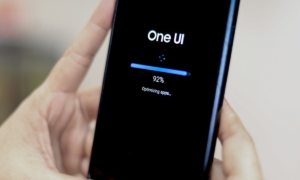This is the inevitable moment in the smartphone turn-on cycle when a new, brighter model will appear, and your trusted old device will no longer be needed.
Your company may have purchased a new Android phone. Maybe your old guy slowed down. Maybe you just like electronics, and greed can’t resist any new devices that your favorite manufacturer starts selling.
Before you do so, though, you’ll want to be sure you’ve securely erased it and removed any traces of your past because the last thing you’d want is for your phone’s new owner to resurface your personal or corporate data.
1. Make sure your Android device is encrypted
If your phone is reasonably recent, it should almost certainly be encrypted by default. But if you’re getting rid of an older Android phone, it might not be. Either way, it’s worth double-checking to make sure.
Head to the Security section of Android’s system settings and look for the option labeled “Encryption” or “Encryption & credentials” or just use the search function within your settings to look for the word “encrypt.” The exact wording and placement may vary depending on your device’s manufacturer and Android version.
2. Remove your SIM card and any storage cards
Now that your data is secure, take a moment to confirm that your carrier-issued SIM card and any external memory cards are removed from your device.
3. Perform a factory reset to fully erase your device
Go back into your phone’s settings and look for a section called “Backup & reset.” If you don’t see that, open the System section of the settings and then look for “Backup & Reset,” “Reset,” or “Reset options.
4. Remove any remaining account associations
For Google, visit the Your Devices section of the web-based account manager. Find your phone in the list, click it, and then click the “Sign out” button that appears. That’ll ensure your Google account has no connection to the phone.













